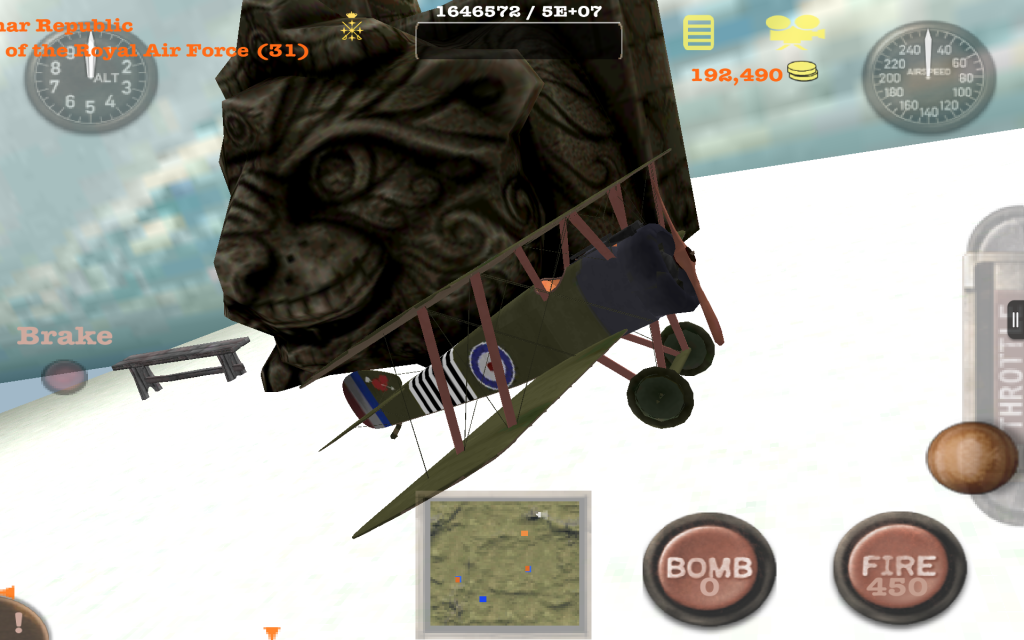I don't think it is related to costs at all. If it was, the US would have switched years ago.
1) If you make a mandate for the metric system, it does not mean you have to stop printing and change all current imperial system. It means that all new ones, will be required to use the metric system (and if you already have both on the label, you have no costs at all).
2) The cost of changing a new label, it's nothing. It's like when you change a logo or a new product is done and you need to change a few letters. It's almost negligible.
3) The cost of sticking to the imperial system has been tremendous and it just keeps rising. Consider that you have to educate everyone twice: one for the imperial and one later one for the metric system. And it causes ton of confusion to people that gets one earlier than the other. It has actually cost tons of money on accidents and even deaths. Want some examples?
chemwiki.ucdavis.edu/?title=Analytical_C...sh_Conversion_Errors
Also tons of money is spent just converting between both systems, writing documentation and translating between both and making sure they match. It is just ridiculous.
The conclusion is that only one system should be used for all. At that point you have to decide which one is a better system and what you mean by better. Since it's just a scale conversion issue, everybody knows that multiplying and dividing by 10 is way easier for humans than, pick 3, 2, or 3.14. It is common sense the metric system is easier if you just spend 30 minutes on it without trying to do conversions to the imperial system you were raised on.
edition.cnn.com/TECH/space/9909/30/mars.metric.02/
To give you an example. Distances in metric systems, you just multiply or divide by 10
So
1 millimeter = 0.0393701 inches
what's 1 centimeter? 10 millimeters!
what's 1 decimeter? 10 centimeters
what's 1 meter? 10 decimeters
and you keep going up x10 = decameter, x10 = hectameter
and 1 kilometer? x10 again... so you have 1 kilometer = 1000 meters
you've just learned the full SI system, congratulations. It works like that for everything.
Now, try to do the same with the imperial system
1 inch
what's next? foot... the very convenient number of 12 inches
what's next? yard... also so easy to do math with on your head, because you know, 3 feet are a great number
what's next? chain... and defy all logic again, this time is 22 yards, because 12 and 3 were just easy enough
hey but not all hope is lost, we have 10 chains in a furlong
and why make math easy when you can make it convoluted? miles are just 8 furlongs.
Now, anyone using the SI system, can tell you in less than 1 second how many kilometers is 3578 meters (hey, divide by 1000 so 3.578 kilometers). You throw to us any metric number and we convert them on the spot without even a calculator.
Can you tell me in 1 second how many miles are 11738 feet for instance? Unless you have a supercomputer in your head, I doubt it. The answer: 2.22311 (so easy, right?)
You see, I studied in the US and I was forced to learn the imperial system. The ironic thing is that all people I found that defended the imperial system, didn't even know how many chains was on a furlong or inches on a yard and so on. Basically, they were just defending it because they didn't know the metric system. But they didn't know their own system either!
You want to have fun? ask the imperial system defenders about volume calculations, like ounce, gill, pint, quart and gallon. Just to convert between them without a paper.
Go and do the same with someone that knows SI. Piece of cake.
Area calculations? Same, SI multiply or divide by x100, Imperial System? get some seizures on the process.
I'm done


















